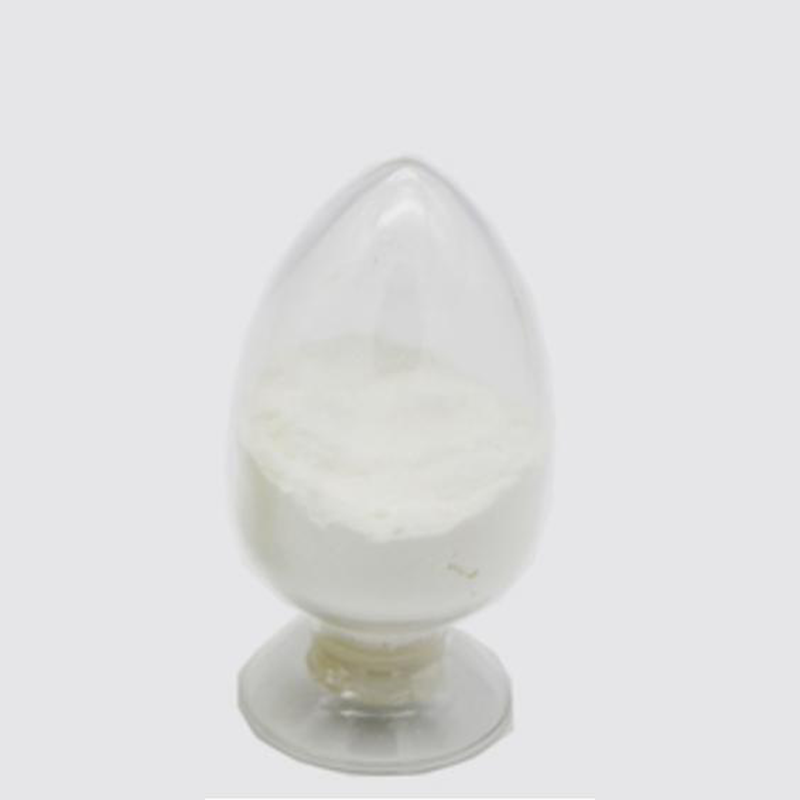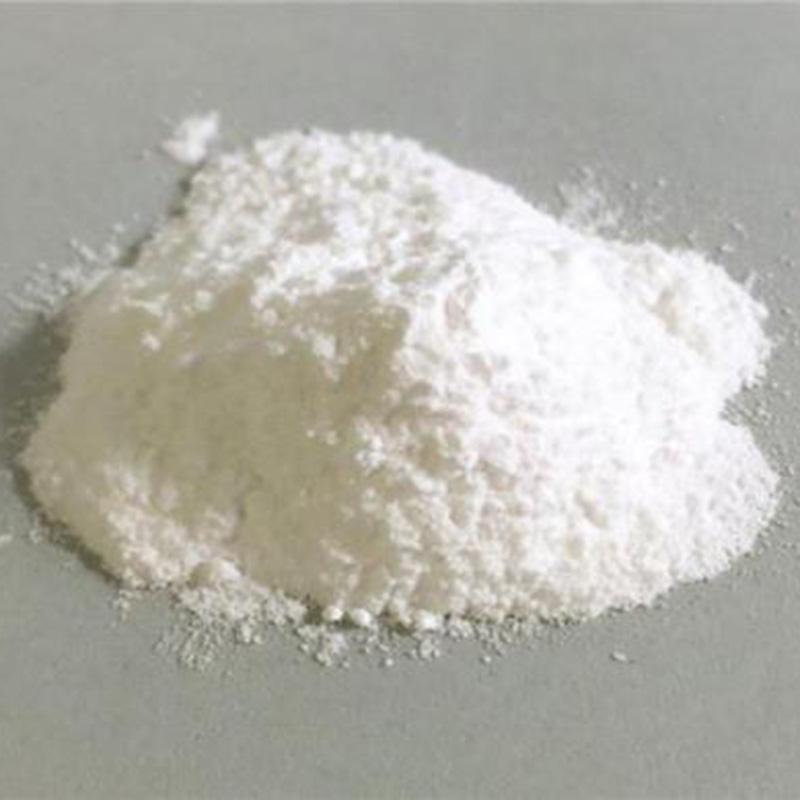Chlorothalonil organochlorine borad-spectrum fungicide for crop care
Product description
Chlorothalonil is a broad-spectrum organochlorine pesticide (fungicide) used to control fungi that threaten vegetables, trees, small fruits, turf, ornamentals, and other agricultural crops. It also controls fruit rots in cranberry bogs, and is used in paints. It targets fungal blights, needlecasts, and cankers on conifer trees. Chlorocthalonil can also serves as a wood protectant, pesticide, acaricide, which is effective to kill mildew, bacteria, algae, and insects. Besides, it can commercially act as a preservative additive in several paints, resins, emulsions, coatings and can be used on commercial grasses such as golf courses and lawns. Chlorothalonil reduces fungal intracellular glutathione molecules to alternate forms which cannot participate in essential enzymatic reactions, ultimately leading to cell death, similar to the mechanism of trichloromethyl sulfenyl.
Chlorothalonil has a low aqueous solubility, is volatile and would not be expected to leach to groundwater. It is slightly mobile. It tends not to be persistent in soil systems but may be persistent in water. Chlorothalonil is more efficiently degraded under neutral pH conditions and in soil containing a low carbon content. It has a low mammalian toxicity but there is some concern regarding its bioaccumulation potential. It is a recognised irritant. Chlorothalonil is moderately toxic to birds, honeybees and earthworms but considered to be more toxic to aquatic organisms. Chlorthalonil has both a low Henry's law constant and vapor pressure, and hence, volatilization losses are limited. Although, chlorothalonil's water solubility is low, studies have shown it to be highly toxic to aquatic species. Mammalian toxicity (to rats and mice) is moderate, and produces adverse effects such as, tumors, eye irritation and weakness.
CropUse
pome fruit, stone fruit, almonds, citrus fruit, bush and cane fruit, cranberries, strawberries, pawpaws, bananas, mangoes, coconut palms, oil palms, rubber, pepper, vines, hops, vegetables, cucurbits, tobacco, coffee, tea, rice, soya beans, peanuts, potatoes, sugar beet, cotton, maize, ornamentals, mushrooms, and turf.
Pest Spectrum
mold, mildew, bacteria, algae ect.













